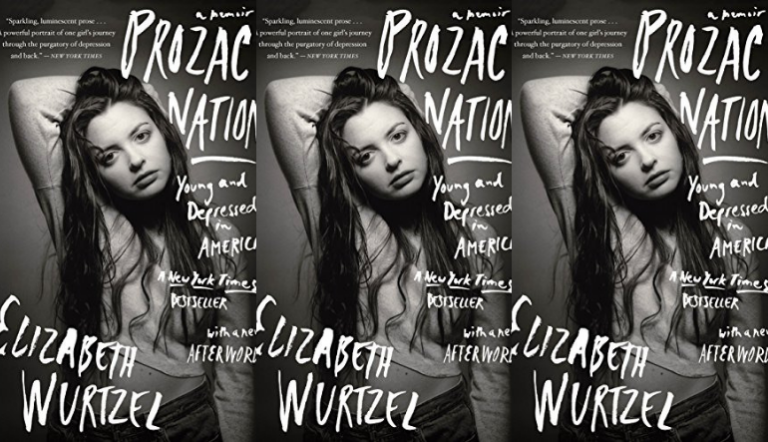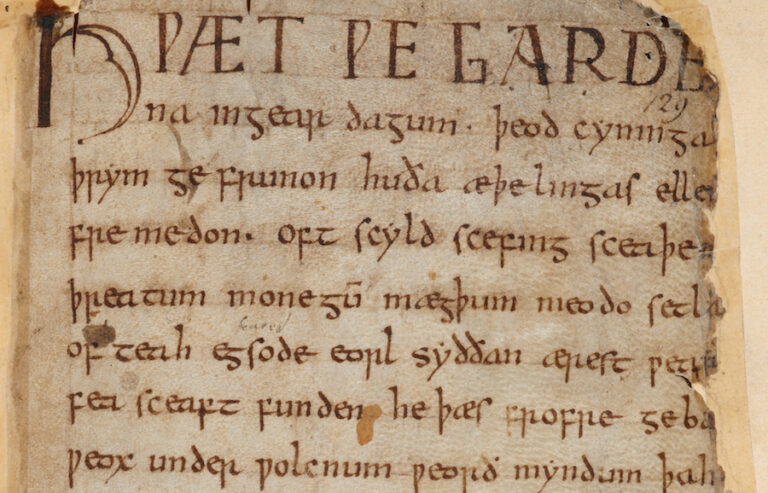The Argonauts Is A Direct Descendant Of Anzaldua’s Borderlands/La Frontera And No One Is Talking About It
On my desk, Maggie Nelson’s The Argonauts and Gloria Anzaldua’s Borderlands/La Frontera sit one atop the other. I didn’t plan it that way. It just sort of happened like that—I read one and then I read the other. It wasn’t until this week, when I was leafing through them both, that I realized, OH MY GOD. There’s a PhD in this for someone.
Thematically and stylistically the two are so much in conversation with each other. Flipping between the texts there are times I wonder if specific passages from The Argonauts are speaking directly to The Borderlands/La Frontera.
For the uninitiated, Gloria Anzaldua’s The Borderlands/La Frontera: The New Mestiza is arguably the seminal feminist text of Chicana/o Literature. It’s a hybrid, semi-autobiographical work, (hence “the new mestiza”) that examines the borders (or binaries) between femininity and masculinity, Latinas/os and whites, heterosexuals and homosexuals, and the present versus the past. Stylistically, The Borderlands/La Frontera is a code-switching patchwork of essays, poems, and lyrics that unpack the different facets of Anzaldua’s being. In the book, Anzaldua explores her refusal to be constrained—sexually, linguistically, ontologically—by binaries. Where English fails, Spanish is used. Where Aztec mythology falls short, Mexican folklore or religion pick up the reigns. It’s in this way that we glean that there is no center, no one solid definition of either side of any border. But there are people. And people are complicated.
Like Anzaldua, Nelson explores the violence of a binary world in The Argonauts, written in a hybrid form called “autotheory” as described on the book jacket. The Argonauts is a love story (though it’s also much more than that) centered on Nelson’s relationship with Harry Dodge, a fluidly gendered artist undergoing testosterone therapy as Nelson becomes pregnant. Nelson explores motherhood, sexuality, gender, and love through a hybrid fabric of memory and critical theory. She’s just as likely to complement her own stream of thought with the words of Naomi Ginsberg or Michel Foucault as she is to use their words to springboard onto another track of thought in the narrative.
When I read Nelson’s account in The Argonauts of Jane Gallop’s public shaming by Rosalind Krauss over Gallop’s celebration of motherhood, I can’t help but think about Anzaldua’s passage on La Chingada in “Entering the Serpent.” When Nelson unpacks memories surrounding her partner, Harry Dodge’s, testosterone therapy, I’m reminded of Anzaldua’s “Half and Half.” When Nelson writes about her professor of feminist theory, Christina, who, when asked to write on an index card how she identified, wrote, “Lover of Babe,” I’m reminded of Anzaldua’s “Fear of Going Home: Homophobia.”
Surely, I thought, there has to be some review out there that links the two books. Or at least mentions it. After all, Nelson has openly listed Gloria Anzaldua as one of the writers whose work influenced The Argonauts. But so far the critical conversation surrounding The Argonauts focuses solely on the lineage associated with the hybrid style of writing, “autotheory,” a type of branding Nelson says she doesn’t mind because it links her own work directly to Beatriz Preciado’s Testo Junkie. Nelson is conscious of the canon she’s working in—both thematically and stylistically—and to add to that conversation I’d include Borderlands/La Frontera as part of that lineage and discussion too.
So much of the critical conversation surrounding The Argonauts centers on the novelty of the book’s form while failing to go beyond “autotheory,” which is sad not only because those critical conversations miss an opportunity to add depth to exactly what “autotheory” means, but those conversations also ignore the cultural undertones that inform The Argonauts if only by association.
Put simply: by creating a critical discussion built on binaries—this is the white hybrid literary canon; this is the brown hybrid literary canon—the critical conversation perpetuates the same kinds of violence that both Anzaldua and Nelson try to deconstruct in their writings.
To separate Anzaldua from the larger canon (and subsequently from those books she influenced) is to ignore her contribution to American literature. It’s to say she doesn’t belong in that kind of highbrow conversation, which she so obviously does—even Nelson acknowledges that she does.
People always wonder how erasure of Chicana/o Literature happens in the contemporary era and I’d argue, kind of like this. The omission of writers of color from the broader literary dialogue is just as violent as the silencing of them.
Think on that for a while. I’m sure there’s another PhD in that idea for someone too.


